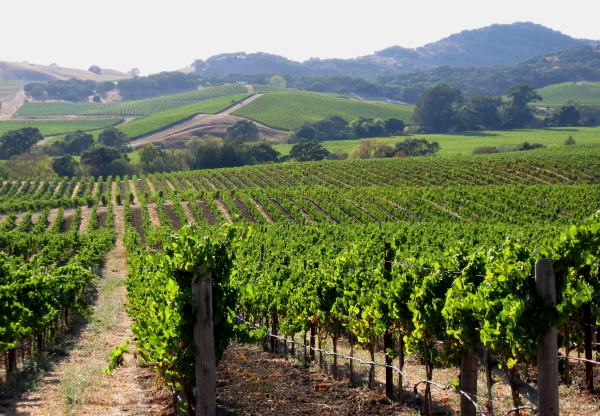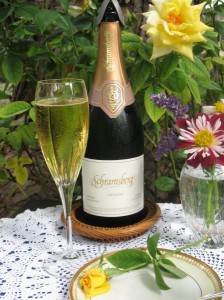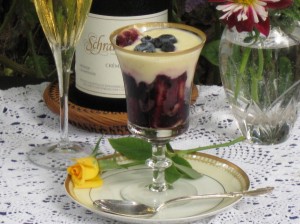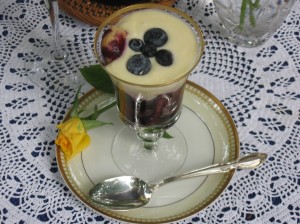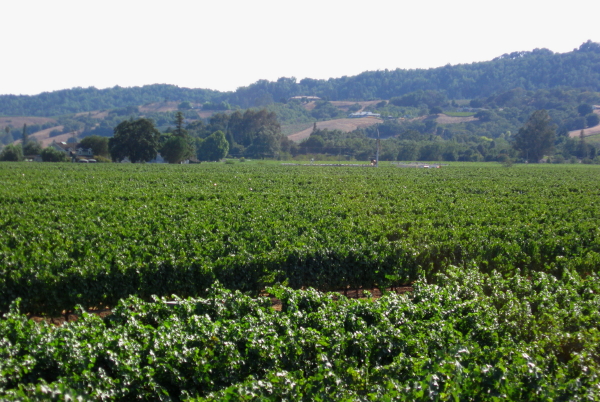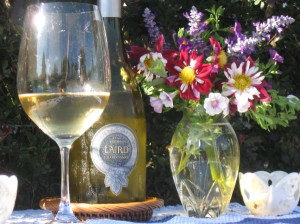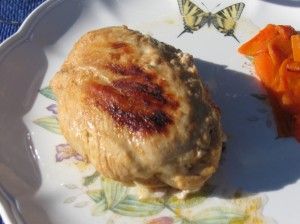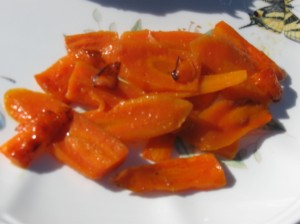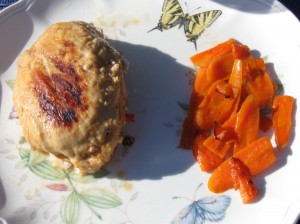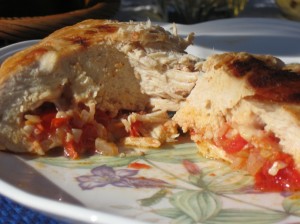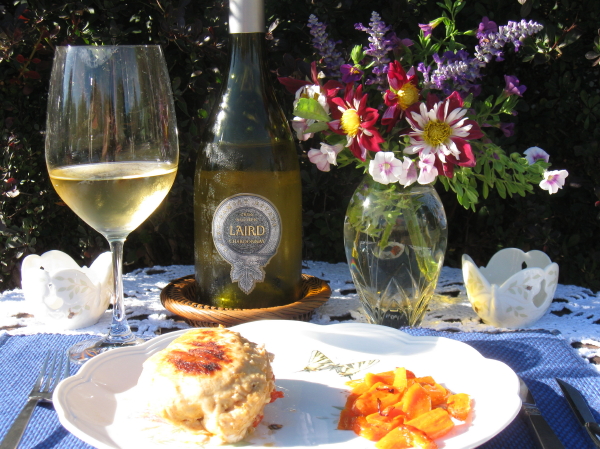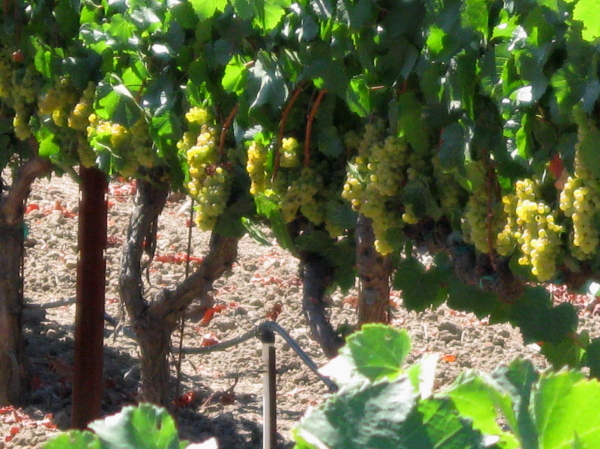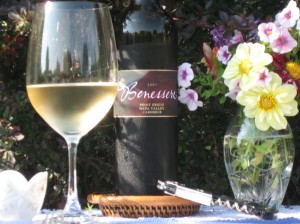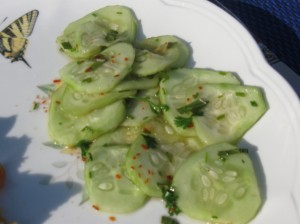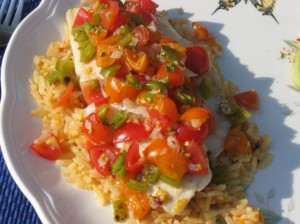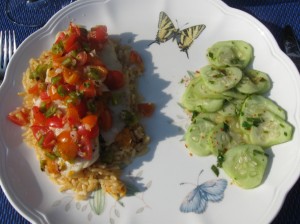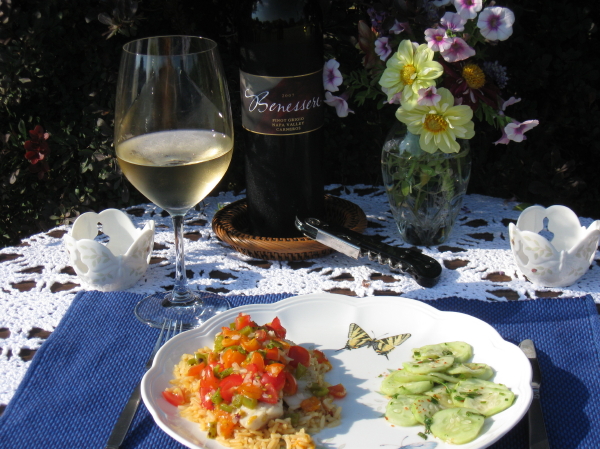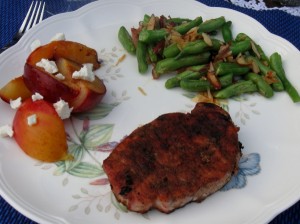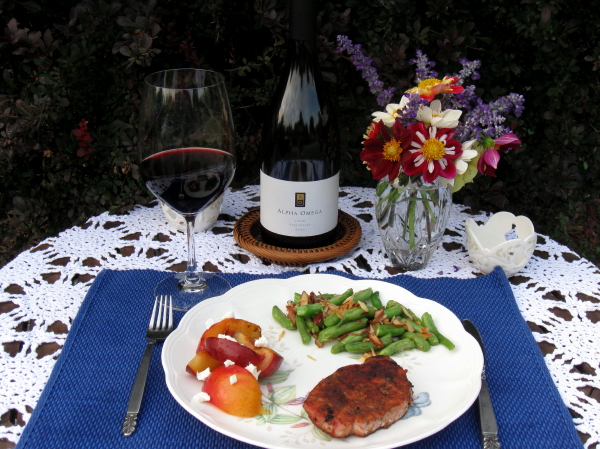Sep 01 2010
Zinfandel-licious
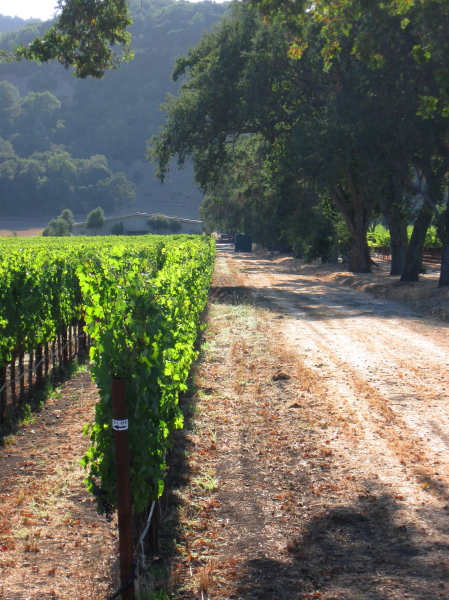
Zinfandel, long known as California’s red wine grape jewel, is synonymous with barbeque as barbeque is to summer dining. As August wrapped up this week and Labor Day looms immediately ahead, there is no better tribute than firing up the charcoal grill and pulling a bottle of California’s classic red wine.
As cliché as a glass of Zinfandel with barbeque may seem, it is still a classic pairing that it should qualify as tradition with Labor Day. By no means, however, does the pairing have to be mediocre and not only can the Zinfandel selected be exotic but equally the food pairing can impress the palate of guests to make the close of summer one to remember.
While often confused that Zinfandel has Italian origins due to its similarity to Primitivo, DNA studies have linked Zinfandel to an obscure grape from Croatia called Crljenak Kastelanski. Regardless its origins, aside from the United States, Zinfandel is not widely grown and rightly is assumed to be a California red wine grape. Zinfandel (as discussed last summer in “Is it a Sin to Love Zin?” on the web site) comes in varying styles of bottling with young fruit-forward styles, to some showing great pepper notes, others smooth as silk due to aged vines and yet others powering forward with unique style due to the blending of a different varietal. Depending on the vintner’s style and preference, it is possible to find a Zinfandel made which has complexity, structure, depth and longevity to compare with the sophistication of many Cabernet Sauvignon wines.
Caymus Vineyards (“Caymus”), widely recognized for its aptitude with Cabernet Sauvignon, impresses its winery visitors with tastings of its Zinfandel. Often thought of as a winery operating under the philosophy of “one wine, one label”, the winery does bottle Zinfandel for purchase at the winery. The Wagner family has long produced Zinfandel for their enjoyment and after experiencing a taste of it, it is easy to understand why.
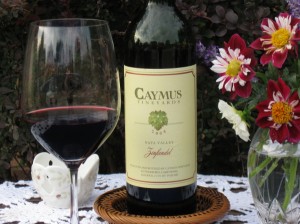
The first time I was introduced to Caymus’ Zinfandel, I was so enthralled with the wine’s nose that I could not begin to taste it for a good ten minutes. If it is possible to have a love affair with the bouquet of a wine, Caymus’ 2006 Zinfandel is the beguiling culprit as its nose is just too good to break away from.
Knowing in advance what awaited in a glass of Caymus’ 2006 Zinfandel, it was easy to take some time with the wine in order to thoroughly enjoy it in all of its stages. Pouring the wine into the glass, the wine is a rich dark plum color yet when held to the light, jewel-toned ruby notes can be admired. Brushing the nose past the rim of the wine glass, the wine’s bewitching bouquet begins its seduction. Met with gorgeous aromas of cigar box, dust of the earth, clove, allspice, raspberry and a tease of black licorice, it is understandable if the wine captures your nose with its romantic spell. As the wine tumbles back, the palate is met with undulating rich warm waves of plum accompanied by a full-on continuing charge of the wine’s aromas. As the wine finishes leaving faint aromas of cedar, the palate savors notes of juicy black cherries with a hint of freshly picked blueberries. Of surprise to most connoisseurs, Caymus blends a bit of Petite Sirah into its Zinfandel. Characterized by a lovely acidity, the wine also presents finely grained tannins and structure. Caymus’ 2006 Zinfandel levels the palate with class, complexity and raw seduction. Purely a masculine wine, it is not so overpowering as to shy away the palate of the gentler sex.
Pulling myself back to culinary reality, at first I was concerned that perhaps I had met a wine that I could not do justice with my recipes. And frankly, that still may be the case as each sip of this powerhouse wine renews a genuine enduring love affair. In my bag of culinary tricks, I knew that I had little that could truly measure up to the caliber of this wine, however, I did have a unique sauce which is enough of a savory powerhouse in its own merit that it influenced this week’s menu:
1) Blueberry-Chipotle Barbequed Baby Back Ribs; and
2) Roasted Butternut Squash-Potato Skewers.
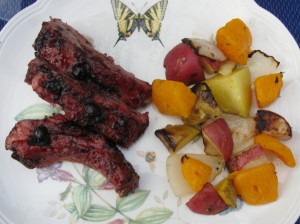
With a Blueberry-Chipotle Barbeque Sauce, sweet meets seductive smoky spice. The acidity in the wine pairs well with the light acidity of the sauce and the robust blueberries coax forward the Petite Sirah that is blended into the Zinfandel. Choosing to use meatier baby back ribs is purposeful since the wine is “substance”; it attracts its like kind. Slow-cooked on a covered charcoal grill on the back deck, the ribs create a lovely smoked aroma to tantalize the senses while sipping the wine.
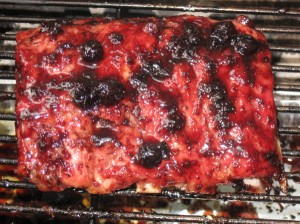
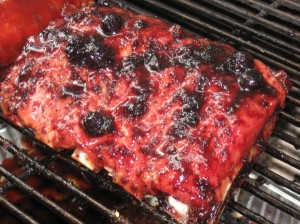
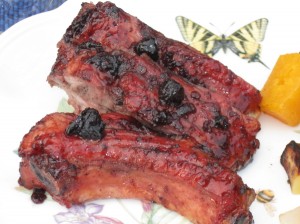
Putting together skewers loaded with two types of potatoes and cubes of butternut squash ripe from my garden, is a pleasant palate pleaser to accompany the rich, smoky notes of the Blueberry-Chipotle Barbequed Baby Back Ribs. Seasoned with light olive oil, sea salt, freshly ground black pepper and thyme picked from the garden, the mix is like a loving caress of soft, sweet earthy flavors and textures so as to not interrupt the wine from taking full center stage. When tasted with the wine, the Roasted Butternut Squash and Potatoes accentuate the gentle blueberry notes in the wine.
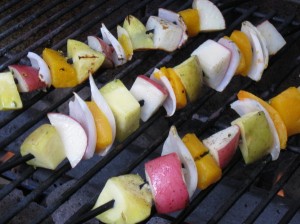
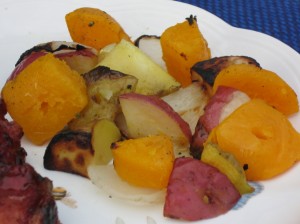
When guests sit down to a creative wine and food pairing, I am accustomed to a quiet hush falling over the table as delights are savored. But even as the hostess, Caymus’ 2006 Zinfandel still manages to render me speechless with each smell and taste that the palate draws. A fitting end to proverbial summer is Caymus’ 2006 Zinfandel. As coy as the wine’s nose may be, the wine itself is not a fickle infatuation as it is powered with surprising substance and a lingering finish that is poetically suited to the final cataloguing of summer memories.
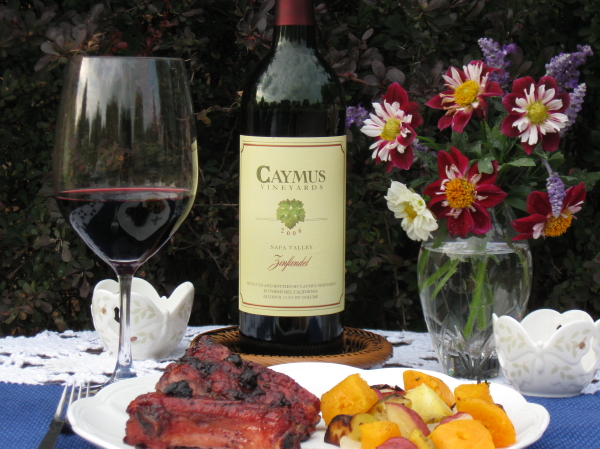
Comments Off on Zinfandel-licious
